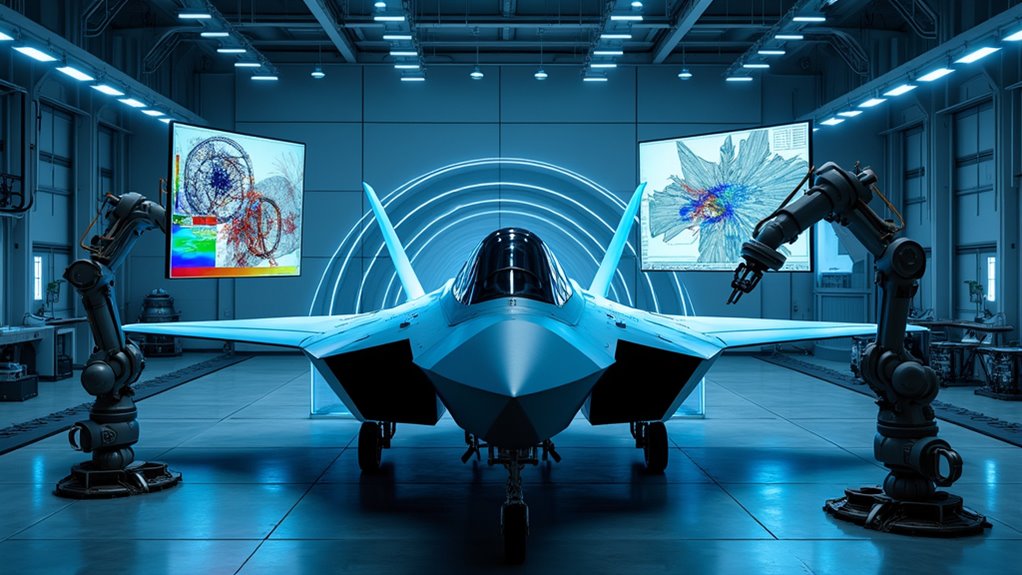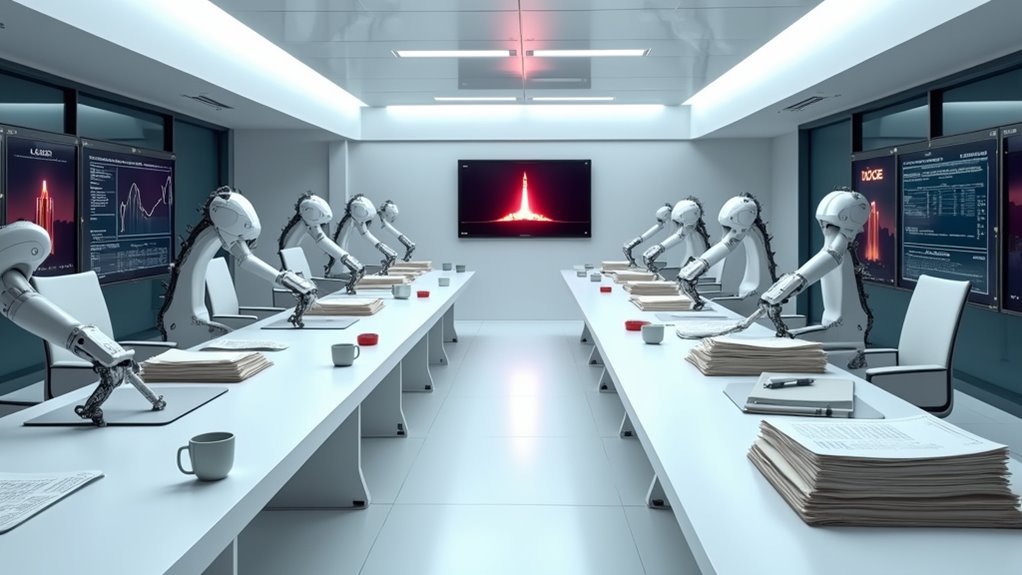China is fast-tracking its warplane game with DeepSeek AI, swapping tedious drafting tables for neural nets that spit out fighter designs—faster, cheaper, and maybe even cooler. J-15 jets? Already skyborne. J-35 stealth? In the wings. Sixth-gen fighters? On the sketchpad, with AI crunching aerodynamics and picking materials like a sci-fi sous-chef. U.S. air dominance isn’t a done deal anymore, and Western officials are officially nervous. Curious what’s next on this high-tech flight path?
Even as the world debates whether AI will write the next great novel or just keep serving up cat videos, China’s military R&D labs have quietly chosen a different path—giving artificial intelligence the keys to their next-generation fighter jets. At the Shenyang Aircraft Design Institute, DeepSeek AI isn’t just pitching in; it’s running the show for advanced fighter development. As part of China’s global AI competition in defense, DeepSeek is considered a cost-efficient alternative to U.S. technologies, fueling the country’s rapid progress in military aviation.
Forget hours spent tinkering at drafting tables—AI now crunches the numbers, spits out simulations, and even helps pick the best materials, all before the first rivet is driven. The Shenyang Aircraft Design Institute is recognized for its significant contributions to China’s defense technology, with its integration of AI expected to further enhance its warplane design processes.
AI handles the heavy lifting, running simulations and choosing materials long before a single piece of metal takes shape.
Let’s pause and acknowledge the hardware: the J-15 Flying Shark, a carrier-based multirole jet, is already prowling China’s flattops. The stealthy J-35? That’s the fifth-gen ghost with reduced radar cross-section, built to sneak past enemy sensors.
And the sixth-generation concepts? Still under wraps, but you can bet DeepSeek’s algorithms are working overtime, optimizing every bolt for weight and payload.
How? DeepSeek’s large language models (LLMs) handle complex aerodynamic puzzles, automate fault detection, and suggest tweaks for everything from engine performance to avionics integration.
Thanks to AI-driven generative design, prototypes go from digital sketch to wind tunnel in record time. It’s not just faster—it’s smarter. Materials testing cycles shrink, flight simulations get more realistic, and even weapons compatibility is streamlined by the machine.
– Wang Yongqing, a legend with 40+ years at Shenyang, supervises this AI invasion. Under the state-owned AVIC and in collaboration with Shenyang Aircraft Corporation, his team’s legacy stretches back to Cold War dogfights—and now, to predictive analytics for tomorrow’s wars.
Western analysts, meanwhile, are less than thrilled, seeing these advances as a direct challenge to American and allied airpower.
There’s talk in Washington of locking DeepSeek out of US tech. But China isn’t waiting for permission slips. Swarming drones, quantum-enhanced battle management, and AI-powered hypersonics are all on the drawing board.









